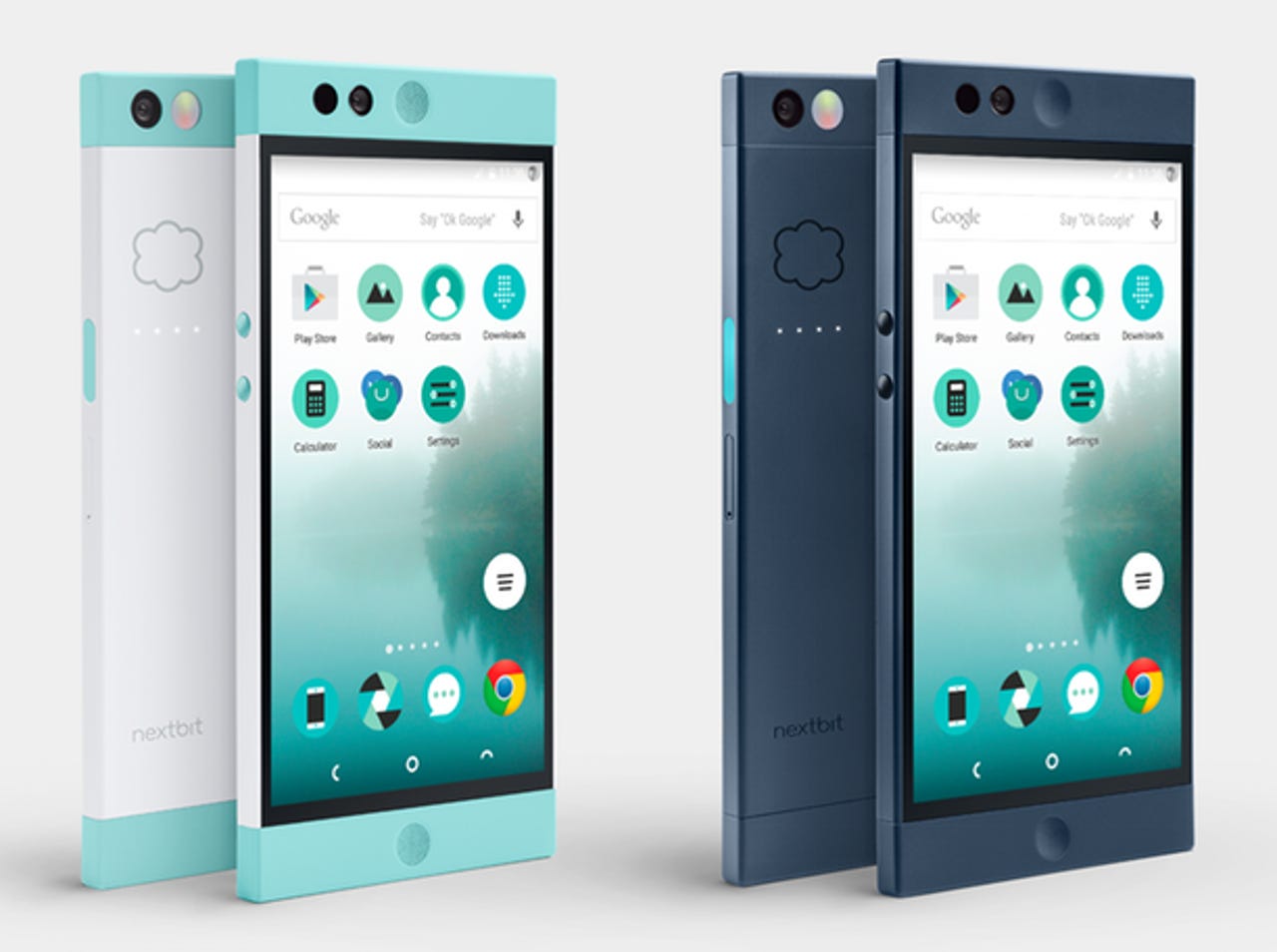Nextbit Robin Android M smartphone shipping to early backers week of 16 February


I was in the first group of people to back the Nextbit Robin Android smartphone on Kickstarter a few months ago, with planned early adopter shipping in January 2016. Nextbit just posted an update yesterday that states I should be getting my Robin the week of 16 February.
More CES 2016
Unlike some of the projects I have backed in the past, the Robin is a product that will actually be delivered and it looks like it will ship just two weeks after its initial prediction. I've been following the updates from the Nextbit team and employees have definitely been working hard to get the phone into production. Nextbit is showing off prototypes at CES this week.
The Chinese New Year celebrations will be contributing to the slight delay in shipping, but as of this time Nextbit has stated it will deliver all GSM models to backers before the end of February.
The Nextbit Robin will launch with Android Marshmallow and a focus on seamless cloud storage. The phone adapts to your storage needs, optimizing the local storage on your phone when you need it. The custom OS layer learns the apps you use and the space you need, something that no other phone currently does.
The Nextbit Robin is powered by a Snapdragon 808 processor with 3GB of RAM and 32GB of integrated storage. It has a 5.2 inch 1080p display so it fits in your hand or pocket. The rear camera is 13 megapixels with the front-facing camera being 5 megapixels. It has dual front-facing stereo speakers, a fingerprint scanner, quick charge support, and is free of carrier bloatware.
Nextbit continues active development and testing with sample images captured by the Robin camera presented in its latest blog post. I'm excited to receive my Robin as it offers quite a bit to the buyer for only $299. It's great to see companies trying something different while also spending considerable time optimizing a device for its intended purpose.